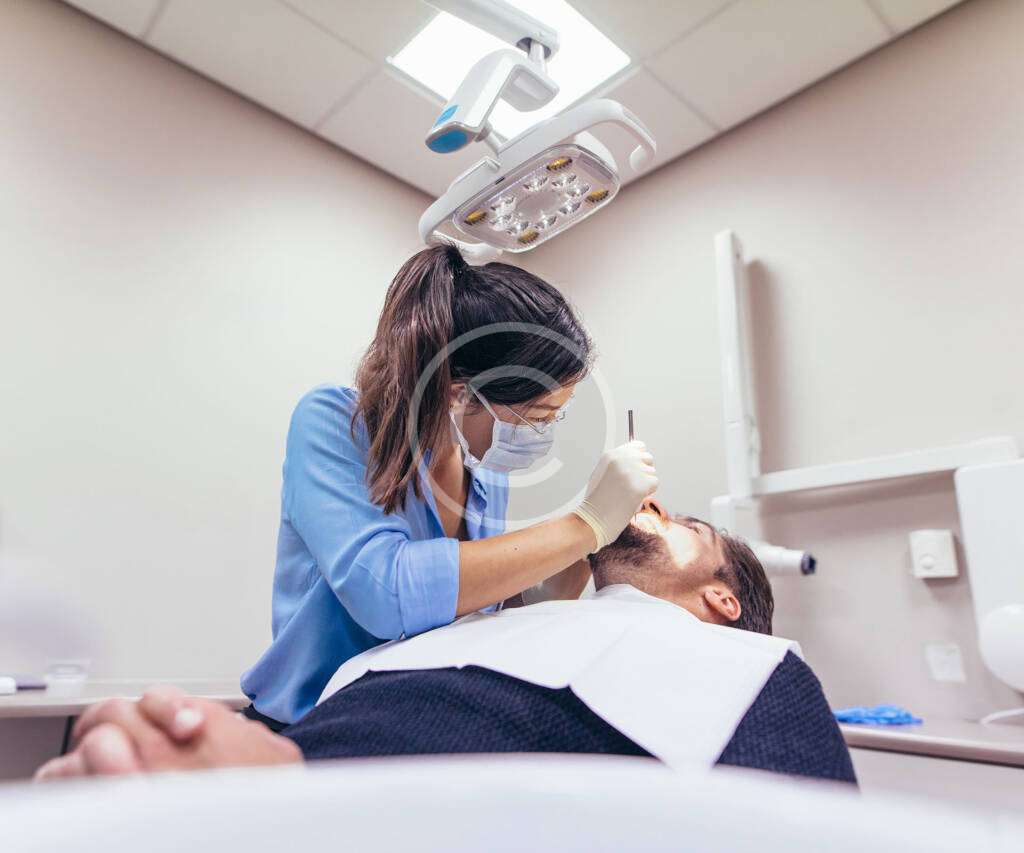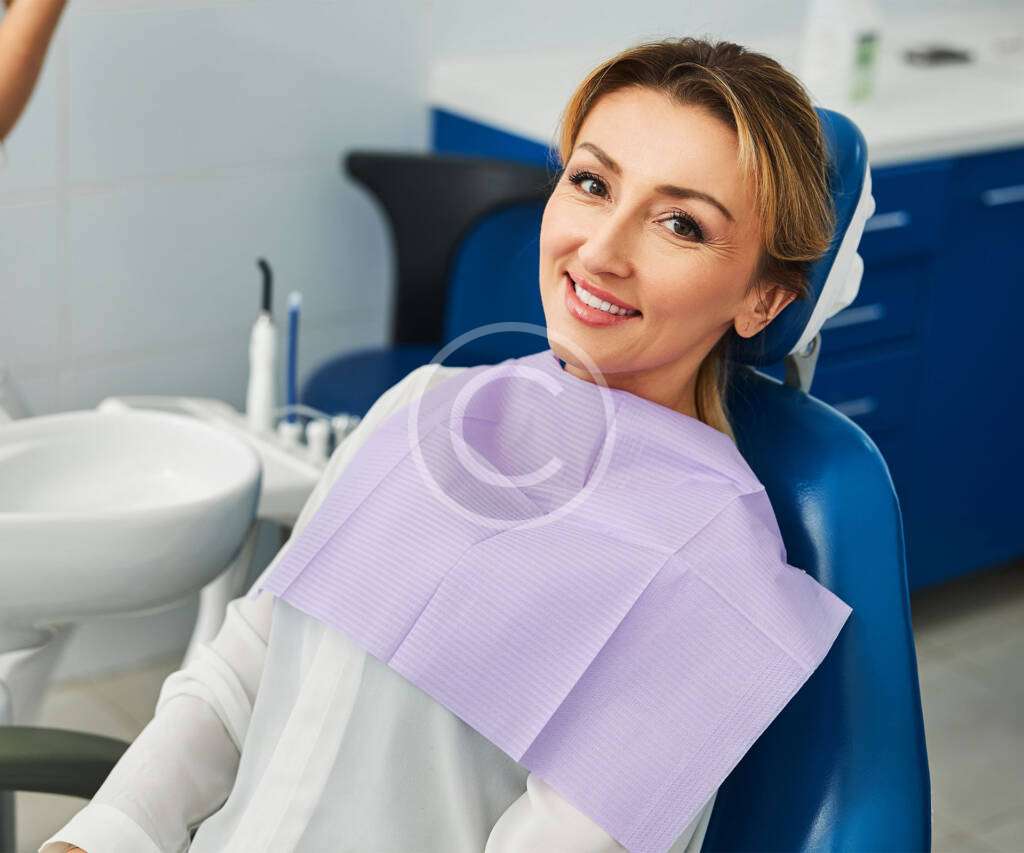It is an ideal solution for patients who do not want to have orthodontic treatment for their aesthetically damaged teeth, which is done only on the front teeth and only by removing very little material from the front area of the teeth, to give them the perfect smile.
Since laminates allow light to pass through, they make the teeth look completely natural. With this feature, they do not appear in flash and disco lights in a black mane style as in metal porcelains. The treatment time is short and painless. An average of 0.3 – 0.7 mm is cut from the front face of the tooth and an impression is taken. Leaf porcelains in the shape and length that you and your dentist decide together are prepared in laboratories and fixed to the tooth surface with special adhesives after rehearsal in the mouth. Although porcelain sheets are very thin, they are resistant to breakage.


What are the Disadvantages?
- The costs are a bit high.
- It requires precision work.
- Contraindicated in people with short tooth length.
- Careful handling is required.
Recent advances in all-ceramic restorations have surpassed metal-assisted porcelain work.
Produced with maximum precision, these substructure ceramics provide aesthetics much closer to natural teeth with porcelains processed on them. Being tissue-friendly, non-brittle and translucent, they have increased the long-term success of dental aesthetic treatments in the anterior region.
In addition to these glass ceramics such as Empress, Cerec, Ceram, etc., which are produced by pressurized compression with heat, recently, ceramics such as Empress 2 and E.max, which are produced by strengthening with lithium disilicate crystals and worked with the Cad-Cam system, have provided both the aesthetics of the anterior region and to some extent the perfect aesthetics of the posterior molar region.

